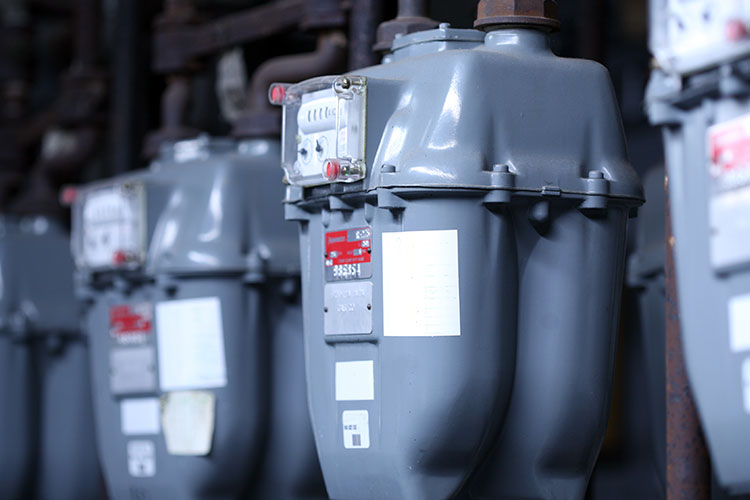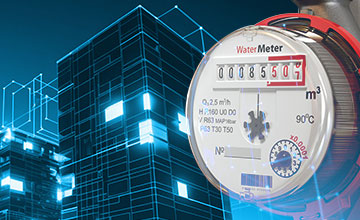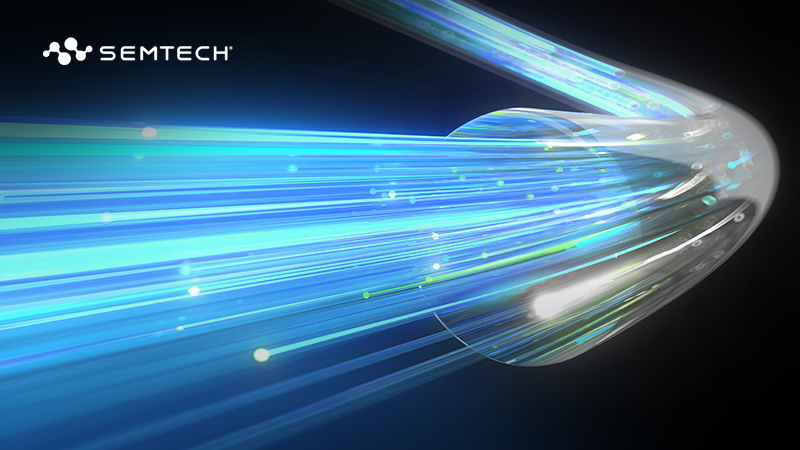Overview
Please use the GS12341 for new designs.
The GS12141 is a low-power, multi-rate, serial digital retiming cable equalizer supporting 12G UHD-SDI. It is designed to equalize and restore signals received over 75Ω coaxial cable, automatically recover the embedded clock from the digital video signal and re-time the incoming data.
Order Codes
- GS12141-INE3: Lead-Free, RoHS Compliant, Tray-490 Pieces
- GS12141-INTE3: Lead-Free, RoHS Compliant, Tape and Reel-250 Pieces
- GS12141-INTE3Z: Lead-Free, RoHS Compliant, Tape and Reel-2500 Pieces
PB Free/ROHS
Learn More →Features
- Multi-standard operation from 1Mb/s to 11.88Gb/s
- Automatic cable equalization:
- SMPTE ST 2082-1, ST 2081-1, ST 424, ST 292-1 and ST 259 compliant input
- Support for DVB-ASI at 270Mb/s and MADI at 125Mb/s
- Performance optimized for 11.88Gb/s. Typical equalized cable lengths of Belden 1694A cable:
- 70m at 12Gb/s
- 90m at 6Gb/s
- 180m at 3Gb/s
- 240m at 1.5Gb/s
- 300m at 270Mb/s
- Low power operation: approx. 320mW
- Automatic power down on loss of signal
- Automatic cable length detect
- Single 1.8V power supply operation
- GSPI serial control and monitoring interface
- Dual differential output support DC-coupling from
- 1.2V to 2.5V CML logic
- Second output can be disabled for power saving
- Individually selectable output pre-emphasis to
- compensate for up to 20” FR4 at 11.88Gb/s
- Cable equalizer bypass
- Manual bypass mode for low data rates
- Configurable automatic bypass for low data rates
- Programmable carrier detect with squelch threshold adjustment
- On-chip 100ohm differential output data termination
- Four configurable GPIO pins for control or status monitoring
- Wide operating temperature range: -40ºC to +85ºC
- Small 6mm x 4mm 40-pin QFN
- Pb-free and RoHS-compliant package
| Documents | Release Date | Type | |
|---|---|---|---|
| GS12141 Datasheet | 2019-01-16 | ||
| GS12141 Reliability Qualification Report | 2019-12-17 | ||
| GS12141 IBIS-AMI Model User Guide | 2019-07-03 | ||
Applications
- Next Generation 3D / 2D HFR HDTV and 2K D-Cinema, UHDTV1 and 4K D-Cinema end-equipment: Cameras, Monitors, Switchers etc.
- Next Generation 3G, 6G, and 12G UHD-SDI infrastructures designed in support of UHDTV2, UHDTV1, 4K D-Cinema and 3D HFR and HDR production image formats.
Inventory
| Product | Country | Distributor | Qty | Buy |
|---|


















.png)

















